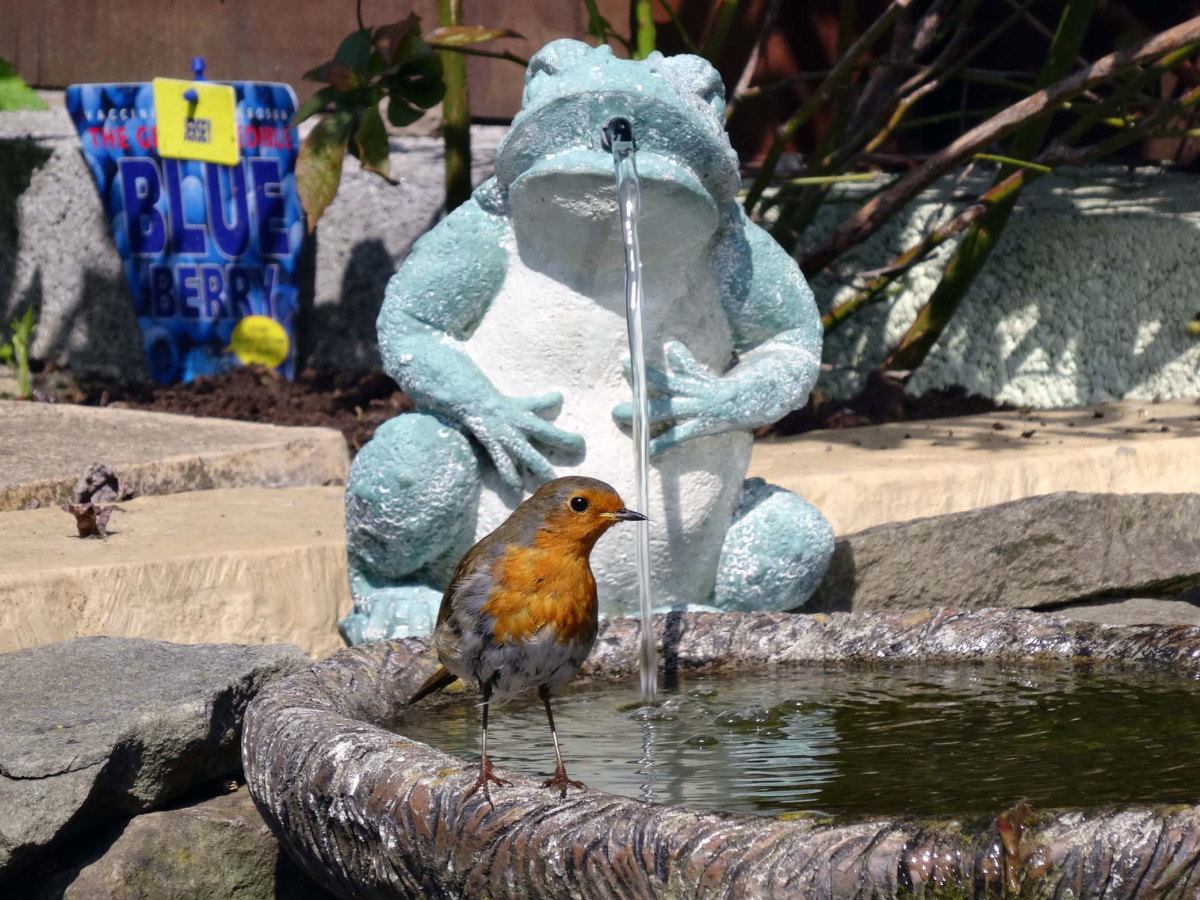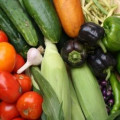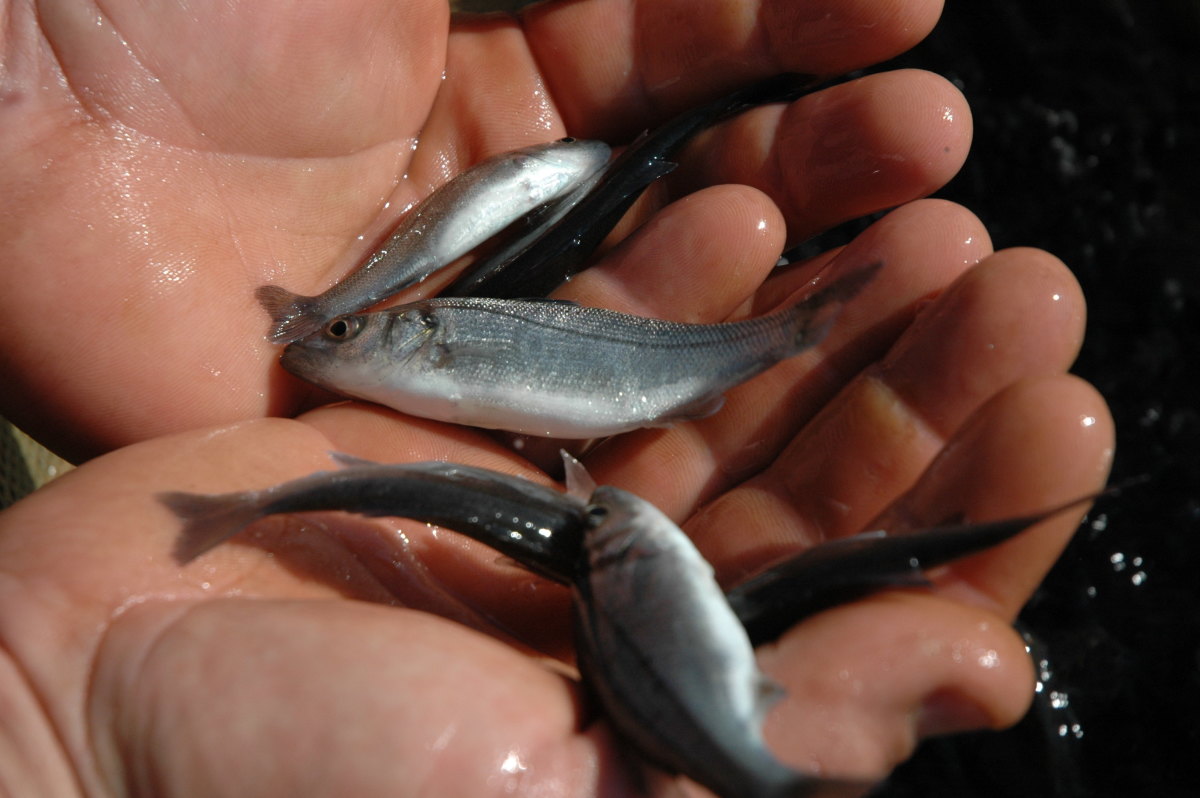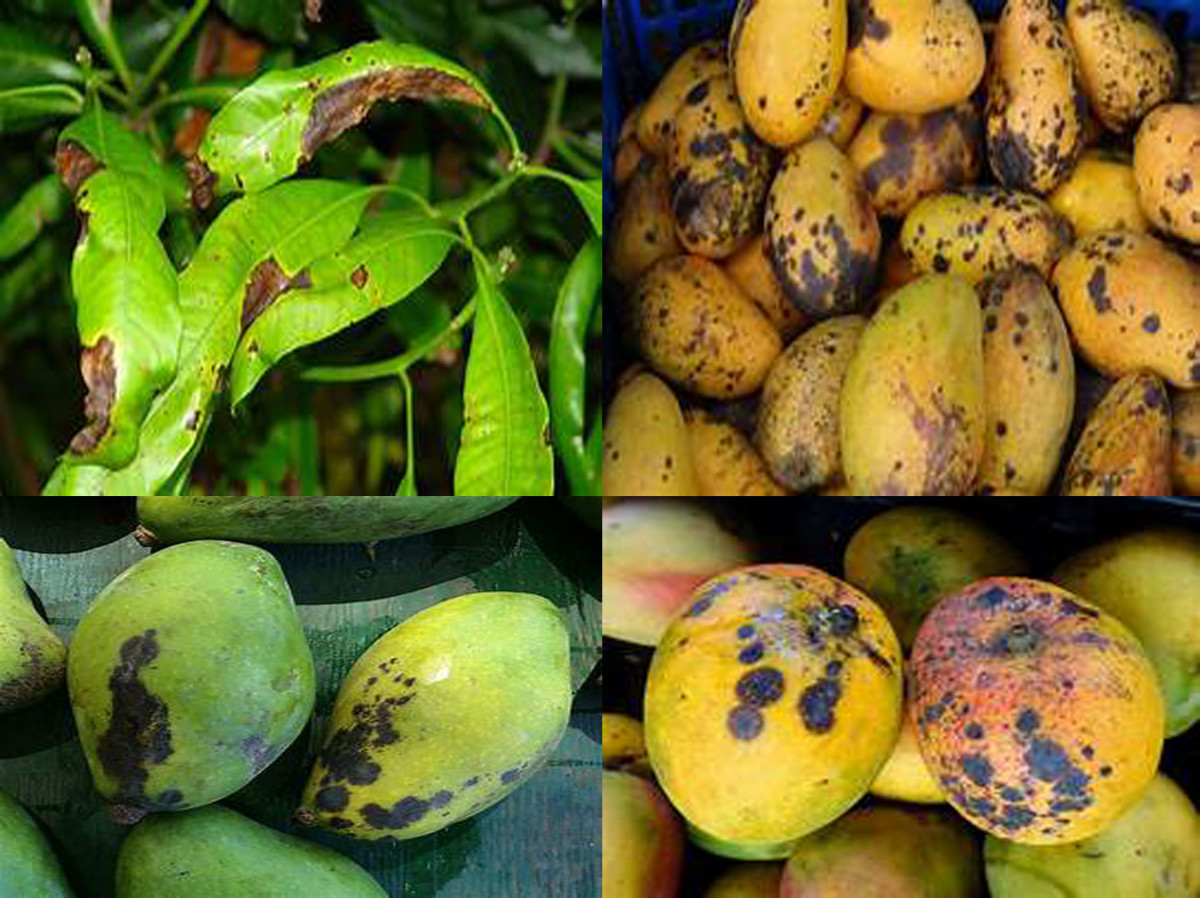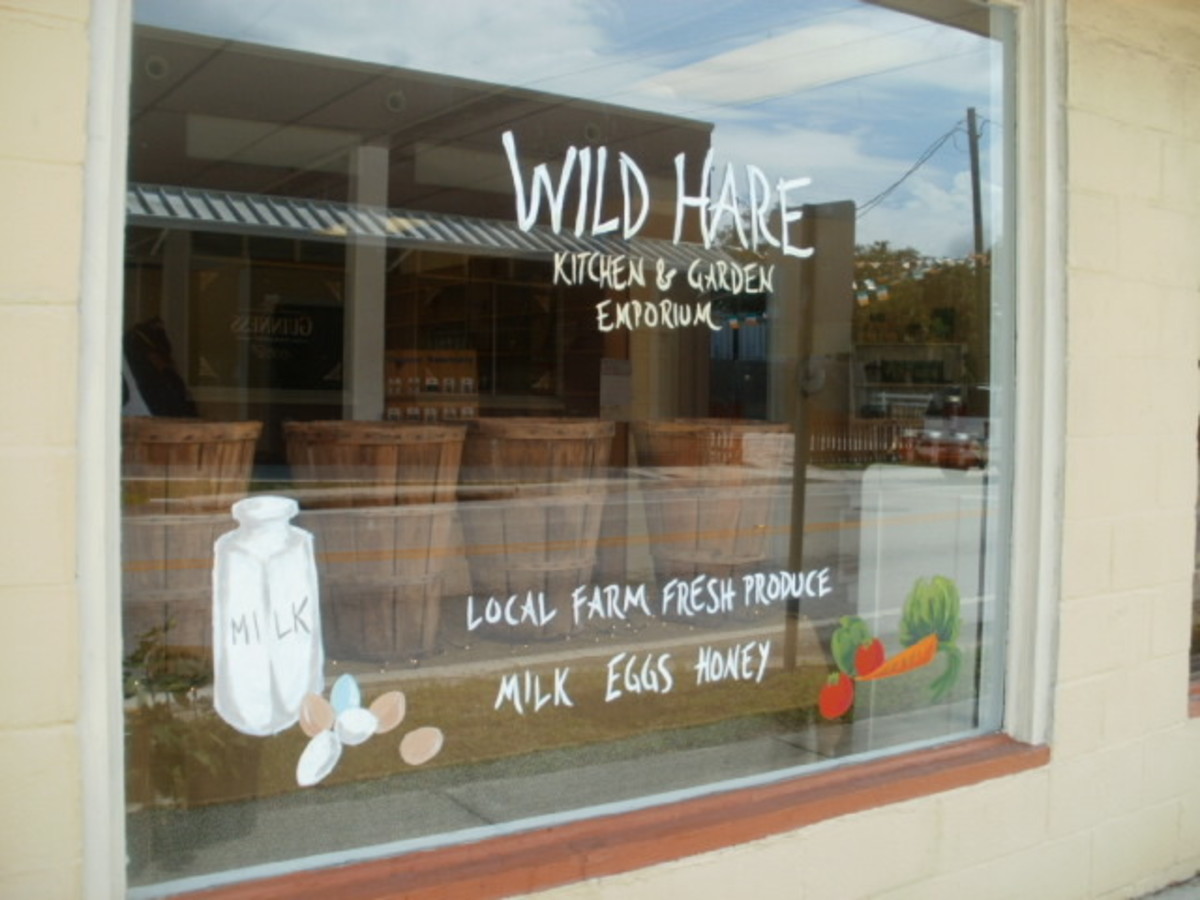Farming for the future
Farming needs a radical change in direction
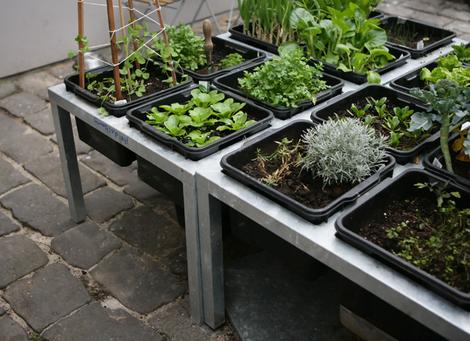
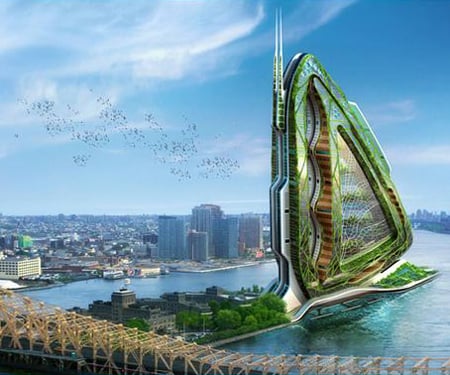
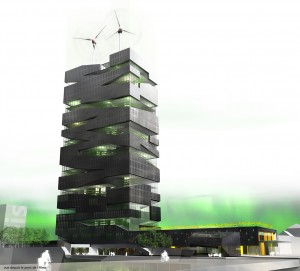
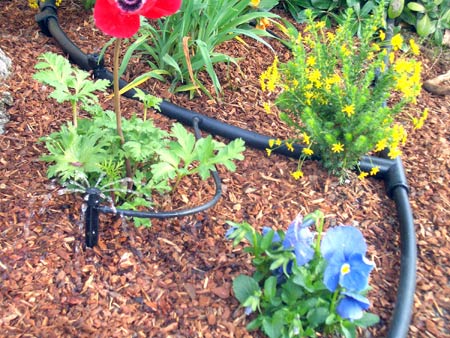

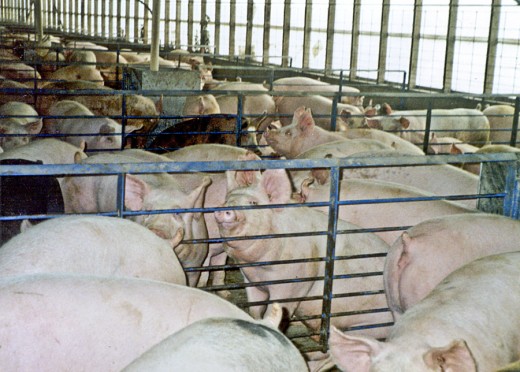
The farm of the future will be integrated to humanity and localized
The future of humanity depends on the future of farming. We have arrived at a point where change is necessary to avoid a calamity which threatens to collapse everything we know. Climate change and other factors threaten to starve much of humanity unless we take dramatic and immediate action. This calamity also covers the gamut of our practice such as engineering projects covering thousands of miles in order to irrigate mono-culture tracts in deserts. It covers the horror of factory farms that crank out meat for our collective dinner plates. Vast tracts of primeval jungle are flattened and burned to raise cattle for a short years and then the land is abandoned to become a desert. Our very interference with the genetic make up of food plants threatens to poison all of us or collectively starve us. A change is necessary or catastrophe is imminent.
Mono-culture farming has a strong appeal because vast tracts of flat or flattened land can be planted, managed and harvested by machines run by a handful of people. This kind of farming is what is at the core of agri-business and it is immensity profitable and powerful. It did not arise overnight, but developed over the decades as techniques improved and holdings spread with the bankruptcy of small farms. Mono-culture farming covers the gamut from corn farming for bio-fuels to massive factory farming of food animals. The business of modern mega-farming is aided by anti-biotics and growth hormones that all wind up in our bodies in a process similar to biological magnification. Increasingly, engineered solutions such as the use of genetically modified organisms are being used in place of more traditional methods.
Problems arise from anti-biotic overuse and growth hormones. The overuse of anti-biotics has led to the evolution of multi-spectrum resistant bacteria and viruses for which there is now no known cure. Growth hormones also have their negative influence on our bodies, the extent of which is not entirely clear at this time. There is a spill over into the wild as well that has harmful effects on species such as reptiles and amphibians. It is becoming increasingly clear that changes are necessary to preserve what is left of the soil, the health of animals and our own health.
Farming in the future must include a combination of what we have learned that works well, plus what works best for the natural side of life. As someone who has an intimate appreciation of flower and vegetable gardening, I can appreciate the fact that there are natural solutions for just about every problem that a farmer can encounter.
These include;
Organic farming has become popular as people become more conscious of the health of their families and themselves and of the planet. Organic farming has become a growing and increasingly profitable influence in the business world. This is so much so that even "traditional" farmers have jumped on the band waggon calling their produce organic or natural even when it has been raised by other means. Organic farming uses entirely natural means to fertilize, grow and protect fruits, grains, nuts, vegetables and animals. Organic farmers also use crop rotation to prevent soil depletion, a problem "solved" by traditional mega-farmers with artificial fertilizers, growth hormone and insecticides. There are other means that can be used by future farmers.
Companion planting, is a method that emulates nature and is something that is successfully used by family and organic farmers. Co-planting of crops like onions and carrots prevents the insects that infect both plants that would strike if they were planted in a mon-culture method that is typical of mega-farms. As far as insect control is concerned, the use of marigolds, mums and controlling insects are all beneficial. By companion planting, we follow the practice of bio-diversity.
In many places, water is borderline or scarce, so there needs to be a way to control water loss. Several methods exist that do not require the use of huge engineering projects that would divert water from northern Canada, thousands of miles to semi-arid and arid regions where crops are grown. Methods of desalination of sea water must be investigated and used as oceans are much closer at hand to the growing regions in California. The former USSR engineers developed a method to efficiently desalinate water through filters that rely on osmosis to remove salt content. This need to be used as opposed to removing water from someone else's farm. Drip irrigation is a reliable method to cut water consumption and deliver it directly to where it is most needed; the roots of growing plant crops. Controlling evaporation by using an organic mulch cover controls and prevents evaporation, particularly where water resources are scarce. The mulch has an added benefits of adding nutrients as it slowly decomposes and controlling undesirable weeds.
Climate change means a lot of uncertainty in when growing seasons begin. The use of greenhouses and cold frames were used in the past to extend the growing season, allowing the earlier start of crops that required a longer growing season. With climate uncertainty, the use of cold frames and greenhouses adds more insurance to growing necessary crops.
Creative solutions to shrinking growing space need to be employed. One method is to use the rooftops of buildings to grow a variety of crops, including small animals like chickens. Currently this flies in the face of many city by-laws and regulations, but it needs to change if we are to become more environmentally friendly. Crops close at hand mean less transport and less emissions from farm to dinner table. Another solution is the concept of vertical growth, but this needs plenty of planning and building.
Currently, most animals are raised in huge "barns" where they spend the totality of their lives from birth to the day they are shipped out for slaughter. This includes beef, pork, chicken, turkeys, ducks and anything else the modern palette demands. Typically they are confined in tight quarters, given massive doses of anti-biotics and growth hormones to protect from disease and speed growth. This fact has raised a lot of protest by animal rights people, but everyone still wants their stake, bacon, eggs and chicken as well as traditional turkey at festive times. Clearly some solution must be sought to bridge the gap between the two methods. Traditionally, all farm animals were free range animals and this was healthier as they did not require anit-biotics due to massive overcrowding.
Every crop and animal past has a natural enemy which should be encouraged in place of using toxic pesticides that have a nasty habit of biologically magnifying. Pesticides and other chemicals do not stay put and also harm species we need like bees. The roaming chemicals wind up in the wild population and in the ocean doing more harm than we can measure. Natural insect and pest controls are definitely needed as a viable alternative. Farming for the future needs to take many considerations into view, including teaching everyone how to manage crop and animals. Everyone needs to become concerned about farming as ultimately, one way or another, we are all tied in to agriculture.


